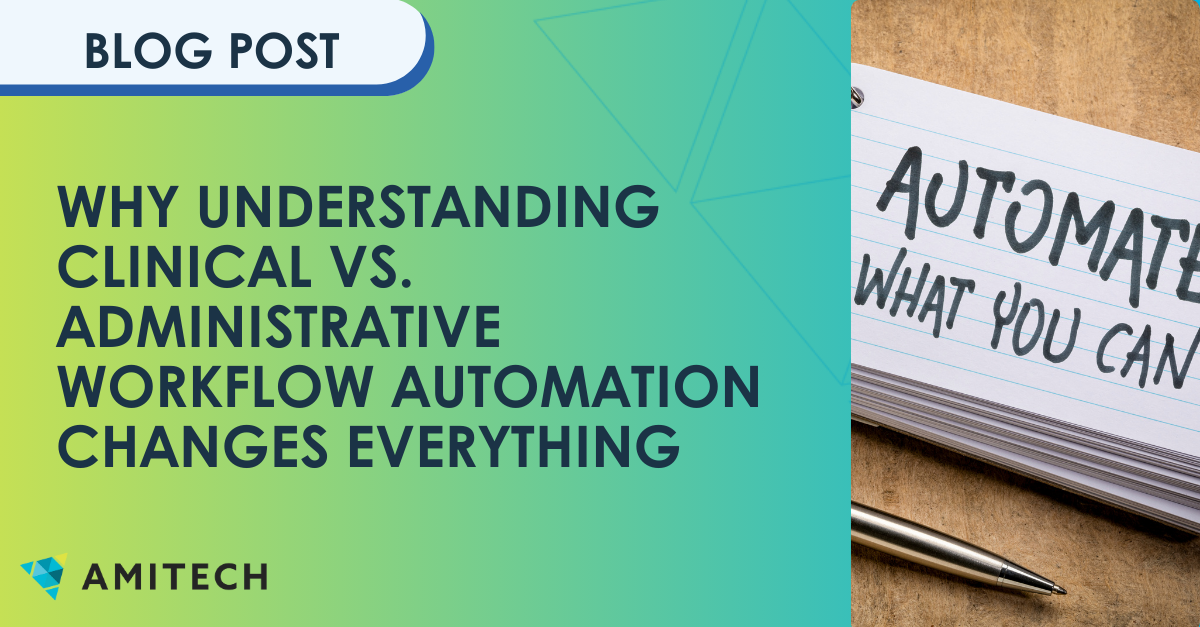Unlocking the Full Potential of Clinical Data Repositories in Modern Healthcare
The topics of data warehousing and business intelligence may not immediately capture the attention of medical professionals focused on patient care. However, the strategic implementation of a clinical data repository (CDR) can transform patient outcomes and operational efficiency across healthcare organizations. A CDR serves as a centralized database that aggregates and harmonizes patient information from diverse medical sources, creating a unified and accessible knowledge base. As healthcare increasingly embraces digital transformation, understanding the value and function of CDRs has become essential for forward-thinking organizations.
Enhanced Patient Care & Treatment: A Comprehensive Approach
Clinical data repositories represent a cornerstone of modern healthcare delivery because they provide immediate access to comprehensive patient information without the fragmentation typical of legacy systems. These sophisticated databases deliver more than just consolidated patient records—they enable a holistic view of the patient journey throughout their healthcare journey.
With a robust CDR, clinicians can instantly access vital information during critical decision-making moments, including previous diagnoses, medication histories, allergies, and treatment outcomes. This comprehensive visibility enables more informed clinical decisions and reduces the risk of adverse events. Additionally, CDRs facilitate the seamless processing of new or transferring patients, particularly valuable in emergencies where time is a critical factor.
Beyond individual care, CDRs serve as powerful public health tools, enabling healthcare systems to track potentially contagious diseases, monitor medication utilization patterns, and identify population health trends. This surveillance capability has proven increasingly valuable during public health emergencies, allowing for rapid response and resource allocation.
Real-Time Data Integration: Breaking Down Information Silos
Two defining characteristics set CDRs apart from conventional data storage solutions: the ability to consolidate information from disparate sources and to do so in real time. Rather than waiting days or weeks for critical patient information (as was common in paper-based or fragmented digital systems), clinicians with CDR access can immediately leverage up-to-date patient data at the point of care.
Modern CDRs must integrate structured data (laboratory results, vital signs, medication orders) and unstructured data (medical images, clinical notes, patient-reported outcomes). According to industry standards such as the HIMSS EMRAM model, effective CDRs must support interoperability standards, including FHIR, HL7, and DICOM, to ensure efficient data sharing and aggregation.
The real-time capabilities of advanced CDRs significantly improve care transitions between facilities, reducing the risk of information loss and treatment delays when patients move between care settings. This seamless information flow is critical in complex care scenarios involving multiple specialists and care locations.
Operational Efficiency: Eliminating Redundancy
Inefficiency remains a challenge across all industries, but in healthcare, it carries particular significance due to its direct impact on care outcomes and organizational sustainability. CDRs address this challenge by systematically reducing redundancies and eliminating duplicative processes through real-time data integration and access.
CDRs consolidate patient information into a single authoritative source, allowing care teams to work from identical data and preventing duplicate treatments, conflicting care plans, and redundant testing. The resulting efficiency gains translate directly to cost savings, reduced administrative burden, and more time available for direct patient care.
Healthcare organizations implementing mature CDR systems report reduced chart retrieval time, decreased documentation errors, and improved resource utilization. These efficiencies extend beyond clinical operations to impact billing accuracy, regulatory compliance, and quality reporting.
Streamlining Clinical Workflows: The Human Impact
When healthcare professionals are liberated from tedious information-gathering tasks and documentation redundancies, they can redirect their attention to what matters most: patient needs. This shift transforms the provider-patient relationship, creating space for more meaningful interactions and personalized care approaches.
At an organizational level, optimized CDR implementations lead to measurable improvements in key performance indicators, including reduced wait times, enhanced patient throughput, decreased length of stay, and higher patient satisfaction scores. These outcomes stem directly from providers having immediate access to comprehensive patient information.
Additionally, CDRs provide healthcare organizations with sophisticated analytics capabilities to understand their patient demographics, service utilization patterns, and outcome variations. These insights drive strategic planning, resource allocation, and quality improvement initiatives focused on addressing the specific needs of the patient populations served.
Advancing Clinical Research: From Data to Discovery
Clinical data repositories have transformed medical research by creating unprecedented scientific discovery and medical innovation opportunities. By providing researchers with efficient mechanisms to log, save, and share data securely, CDRs eliminate much of the administrative burden that traditionally slowed research progress.
The evolution of CDRs now includes supporting decentralized clinical trials and real-world evidence (RWE) generation through integration with diverse data sources, including wearables and mobile health applications. This expansion enables more inclusive research participation and produces findings with greater generalizability to diverse patient populations.
Artificial intelligence and machine learning capabilities integrated into modern CDRs further accelerate discovery by identifying patterns, predicting outcomes, and generating hypotheses that might otherwise remain hidden in massive datasets. These technologies significantly reduce manual labor while improving the accuracy and speed of clinical research.
Navigating Current Challenges: Security, Compliance, and Beyond
Despite their transformative potential, CDRs face substantial challenges in today’s healthcare environment. Data security has emerged as a paramount concern, with 67% of healthcare organizations reporting ransomware attacks in 2024 alone. Implementing robust security measures, encryption protocols, and compliance frameworks (HIPAA, Hitrust, GDPR) has become essential rather than optional.
Regulatory requirements continue to evolve, with increasing emphasis on privacy, data sharing transparency, and adherence to principles like FAIR (Findable, Accessible, Interoperable, Reusable). Organizations must develop and maintain comprehensive data governance frameworks to navigate this complex landscape successfully.
As data volumes grow exponentially, ensuring CDRs can scale without compromising performance represents another significant challenge. This often requires regular infrastructure upgrades, database optimization, and strategic adoption of cloud-based solutions offering scalability and regional compliance capabilities.
Final Thoughts: The Path Forward
Data analytics and warehousing through clinical data repositories have evolved from technical infrastructure components to strategic assets fundamental to healthcare delivery, research, and innovation. While implementing and optimizing these systems requires significant investment and expertise, the return on investment—measured in improved patient outcomes, operational efficiencies, and scientific discoveries—is increasingly well-documented.


